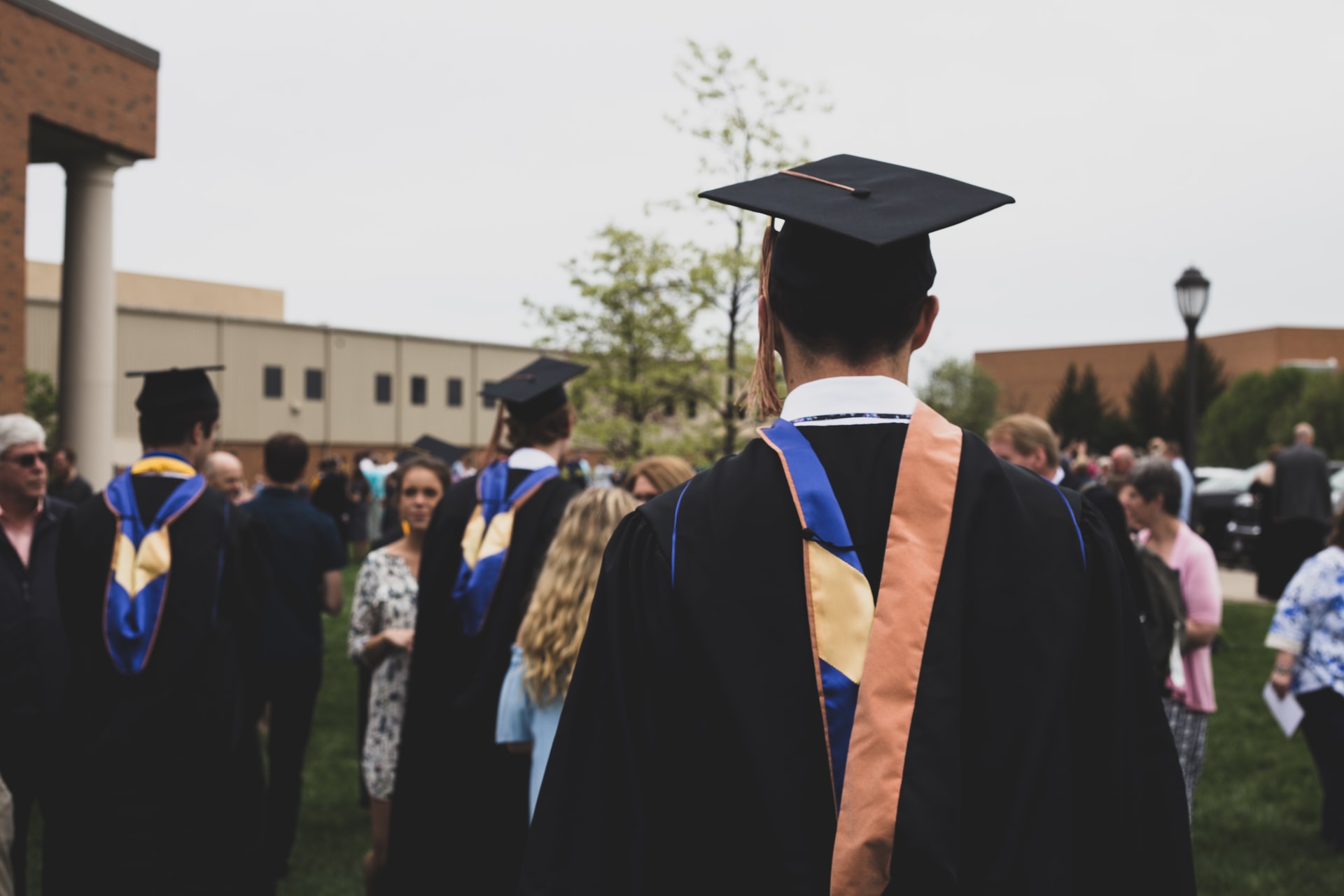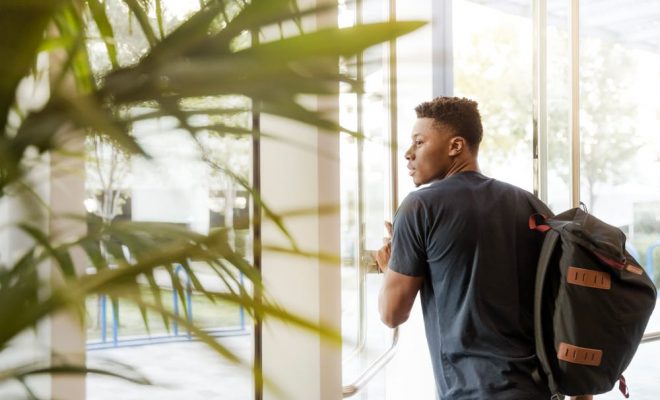How Black students are Discriminated Against in U.S Schools

Africans have a lengthy history of mistreatment in the United States, dating back to enslavement. It comes as no surprise that their children are subjected to the same abuse at K-12 public/private schools in the United States. How? Continue reading. In this article, I will outline seven instances in which black students face discrimination in American classrooms.
- Black students are not likely to be labeled as gifted. Because existing gifted exams were designed for the stereotypical white learner, they discriminate against black children by providing them unequal representation in the program. This widens the accomplishment gap since gifted programs allow students to improve their aptitude and intelligence, giving them a better chance of success later in life.
- Black students have a lower likelihood of having access to technology and Wi-Fi. Despite the spread of technology, many black families living below the poverty line cannot afford to buy it. This disadvantages their child since, even if their schools provide them with technology, the lack of Wi-Fi at home inhibits them from completing homework and other assignments. Fortunately, forward-thinking school districts are combating this by parking buses equipped with Wi-Fi in regions where they know students do not have access to the internet.
- Black students are more likely to acquire a poor education. Black students are more likely than other learner group to attend schools with unqualified educators and administrators and minimal resources. As a result, black students are likely to fail academically and drop out of school.
- Bias towards black students begins in childhood. Although Black preschoolers make up only 18% of the early childhood population, they account for 42% of those who have been suspended and nearly half of those who have been suspended numerous times.
- Black students outnumber white students in the school-to-prison pipeline. When schools fail to give students the assistance and resources they require to achieve academically, they become disillusioned with the public school system and, all too often, drop out. It’s no surprise that the majority of these students are black. Many of these students struggle to find productive jobs because they lack a high school education and face racism daily. If they do, they will shortly discover that the money they earn is insufficient to sustain them. Disillusioned, many of them will turn to crime in the hope of making enough money to support themselves. They wind up in prison, get out, and then go back.
- Black girls face harsher discipline. Black female learners are 5.5 times more likely than their white gender counterparts to be suspended from school and 6.1 times more likely to be expelled. They are 2.5 times more likely to be expelled and denied access to educational services during their expulsion period.
- Students of color are more likely to be suspended. When it comes to school discipline statistics, notably expulsions and suspensions, black students in K-12 schools are overrepresented. This is especially concerning because black students make up just around 15.5 percent of all public-school students, but they account for approximately 39 percent of students who are suspended from schools in the United States.
It’s a sad commentary. How can we, as educators, put a stop to the widespread discrimination that black students suffer in American schools?




